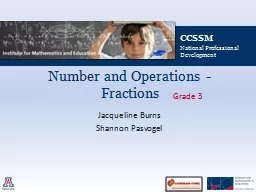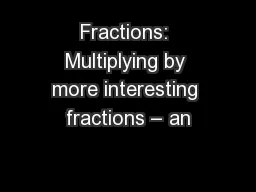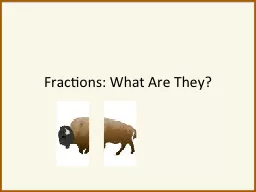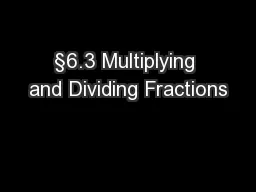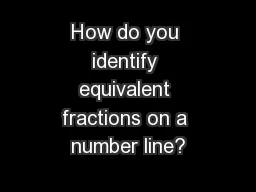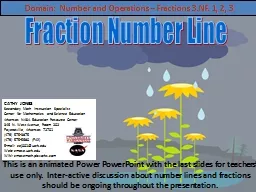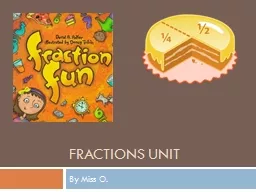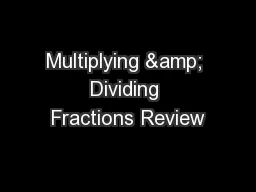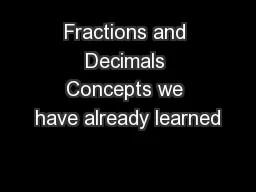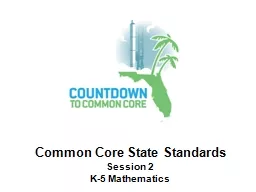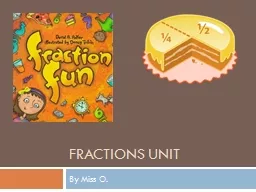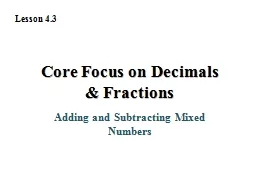PPT-Number and Operations - Fractions
Author : lois-ondreau | Published Date : 2015-09-26
Jacqueline Burns Shannon Pasvogel Grade 3 Norms to Anchor Our Work Honor time Be present in the present Make room Assume good will Share wisdom Technology etiquette
Presentation Embed Code
Download Presentation
Download Presentation The PPT/PDF document "Number and Operations - Fractions" is the property of its rightful owner. Permission is granted to download and print the materials on this website for personal, non-commercial use only, and to display it on your personal computer provided you do not modify the materials and that you retain all copyright notices contained in the materials. By downloading content from our website, you accept the terms of this agreement.
Number and Operations - Fractions: Transcript
Download Rules Of Document
"Number and Operations - Fractions"The content belongs to its owner. You may download and print it for personal use, without modification, and keep all copyright notices. By downloading, you agree to these terms.
Related Documents

